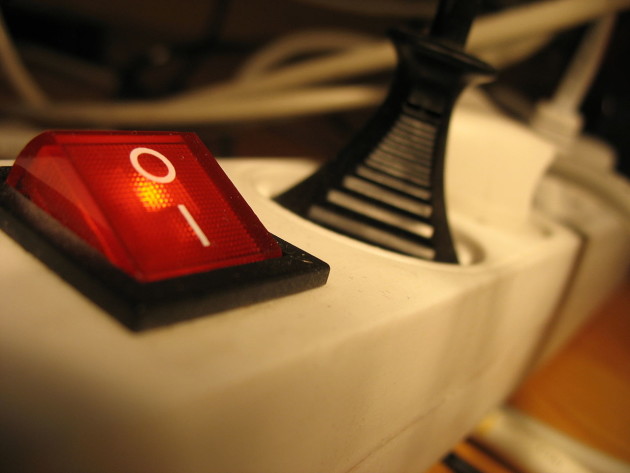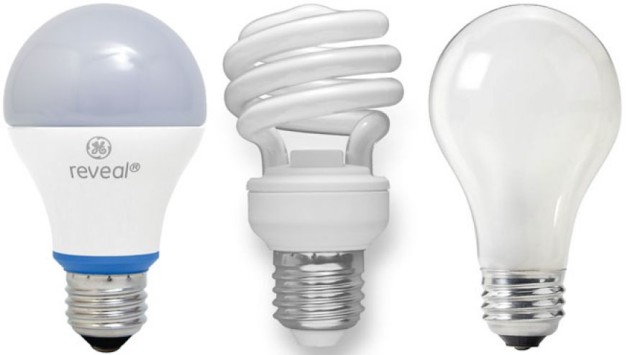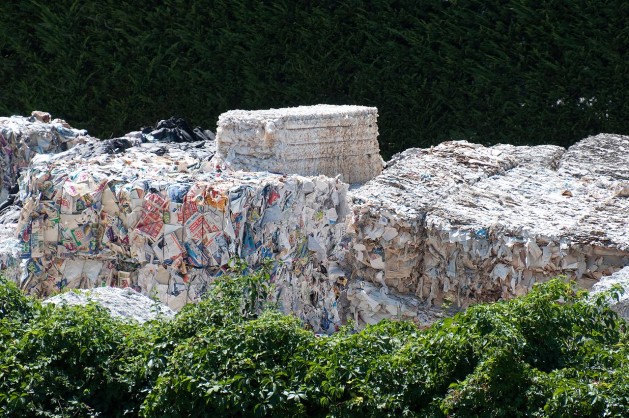Try one of our ready made Ecards
Everything is done for you with out ready made ecards. All you have to do is put in your own unique content and choose who to send it to.
Our Services
Try one of our ready made Ecards
Everything is done for you with out ready made ecards. All you have to do is put in your own unique content and choose who to send it to.
Yes, yes, we’ve all heard the rumblings; we all need to do more for the environment. And while some people embrace this push whole-heartedly, others feel like it’s a bit of an obligation, a hassle, another task added to our ever-expanding to-do lists. And for many that’s a real problem – no one has a heap of spare time in their work day that they can set aside to doing complex environmental assessments and ensuring adherence to proper standards, etc.
It can be tough, but there are actually major benefits to taking the time and investigating your options, and those benefits are not necessarily just in terms of how you can help the environment. Going green can also have significant, long-term economic benefits for your business.
Here are seven ways you can make your business greener, along with a few logical reasons why you should consider them.

Did you know that desktop PCs are one of the biggest contributors to energy waste? Some estimates suggest computers in the business sector unnecessarily waste up to $1 billion worth of electricity per year – and by unnecessarily, I mean exactly that, PCs that are not in use, at all.
This is probably the easiest way for each individual employee to contribute – at the end of the day, when staff have finished their work and signed off, get them to turn their PCs off at the switch. You may need to facilitate this by making those power switches easy to get to – no one wants to be crawling and reaching through spider web-like trails of cables beneath their dusty desks – but if you can, make it a business-wide practice for everyone to switch off their computer at the power point. And their monitors too. It might add an extra moment to the work day, but the energy benefits can be significant.
(Also, be sure to keep all staff updated of any IT department fixes which might require access to individual computers after hours)

Now, I’m not suggesting you should go out and drive along the streets looking for rubbish being left out on the nature strip for collection (though that can yield great results). But following the wider trend of upcycling and re-using materials, why not try to use furniture and features that are sitting unwanted before you go out and buy all new office materials.
Office furniture can be massively expensive, and there are often all sorts of ergonomic and modern tech developed tools and features that are included within those heavy price tags, but it is possible to create great, unique office environments through the utilization of recycled materials. Or you could look into new innovations like standing desks, which have been shown to have major health benefits and will most will even cost you less than the traditional office cubicle set up.
And who knows, maybe you’ll stumble across a whole new look and feel that’s totally unique to your business and will help establish your brand personality better than any generic, grey-colored office chairs ever would.
And while you’re looking around, why not replace some of those old office appliances with new, energy-efficient ones. That kettle’s looking a bit old, don’t you think?

While compact fluorescent lamp (CFL) and light emitting diode (LED) lights generally cost a bit more up front, they last longer and use significantly less energy than traditional light bulbs. Most offices still run on fluorescent tube lights, which are quite expensive in themselves anyway, and they also buzz and flicker when they’re on the way out which can seriously affect your workers’ mental state.
Research has shown that CFL and LED lights can save you up to $200, per bulb, over time, and they burn through way less energy than traditional lighting options. For example, a standard 50W light bulb turns 90% of electricity used into heat, with only 10% converting to light. LED lights, on the other hand, only use 15% of the energy of a traditional bulb and provide up to 85% of the light output. As an added bonus, they also don’t heat up in the same way old-school light bulbs do, so they’re cool to touch, even when on.
Also, consider the maximization of natural light where possible – open up them blinds during the day time.

Really, in the modern, connected world, you should be looking to skip paper entirely wherever you can. But for those times when you need to print things out, you should only ever be doing so on post-consumer waste (PCW) paper.
Don’t be fooled here – there’s a heap of paper options that have the recycled logo on them or similar, but PCW paper is the only type which is made up entirely of paper thrown into recycling bins every day. The production of PCW paper requires 45% less energy and creates half the waste of the traditional paper making process. What’s more, utilising waste paper is utilising existing materials, as opposed to taking down more trees.

Here’s a more considered option, and one which takes a bit more planning and discussion – why not re-assess how your team works entirely? These days, a large amount of employees are able to do their jobs from home via remote connection. Facilitating this option can not only lead to improved staff morale, but also, it reduces greenhouse gas emissions created by each person’s daily commute.
Of course, there are other options along this line of thinking: encouraging public transport use through subsidization programs, for one. Providing bike parking facilities, organizing a car pool system – all of these options are effective and should be considered also. But given that figures show that an increasing number of workers will be telecommuting in coming years, it might be best to get ahead of this trend now – good for workers, good for the environment.

What are those office plants you’ve got in the corners of the rooms? Have you ever considered what they are and what they do, beyond looking good? The right plants, strategically placed, can actually absorb indoor pollution and make the office environment cleaner and better for your employees, whilst also making the improving the overall air quality for all and sundry.
As part of research into space missions, NASA identified several varieties of houseplants that can purify the air, filtering out common organic compounds like benzene and formaldehyde. Among the plants best-suited to this purpose were aloe Vera, spider plant, snake plant – all of which still look quite impressive and deliver the exact same aesthetic benefits as those limp leaved things you’ve got poking out from the ends of your cubicle sets at the moment.
It’s a small thing, but small things add up – this is the entire point of going through such an exercise and identifying ways to incrementally improve our world.
One of the best ways to come up with new ideas to make the office environment more eco-friendly is to get an understanding of exactly where you stand. To do this, the EPA released an Energy Star program which helps participants get an idea of how much energy they consume and how they can reduce it. The program’s main focus is on the home, but there is a business element also.
Through the Energy Star system, you can get some clear indicators of where you’re at and what you can do to improve in future – it might not be the thing that sets out the framework for how to fully maximise your energy savings, but it’s a good start, and it’ll definitely get you thinking about common best-practices and how to apply them in a wider sense.
And there you are, seven ways that you can assess and put into action new and improved processes to make your business more environmentally friendly. But more than just environmentally friendly, these seven tips are also economically beneficial. You see, it’s not just the green impacts to consider here, but the potential money that can be saved through such options. Of course, these all take time, and time is an expense within itself, but given the potential benefits, on two different fronts, can you afford not to at least investigate your green options?
Image sources:
Trusted for more than 10 years by some of the world's bigged brands.





